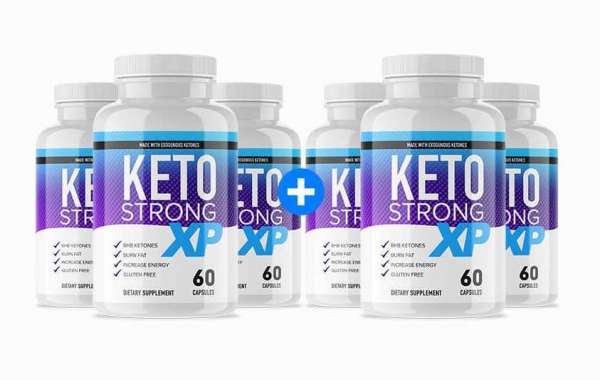The unsung heroes of the machine world, seal kits and oil seals play a crucial role in keeping things running smoothly. These seemingly simple components prevent leaks, protect internal parts from contamination, and ensure the efficient operation of machinery across various industries.
Understanding Oil Seals: The Gatekeepers of Lubrication
An oil seal, often abbreviated as OS, is a single component designed to form a barrier between a lubricating fluid and the surrounding environment. It typically consists of a flexible sealing element, often made of rubber or elastomer, housed in a metal casing. This sealing element creates a tight fit around a rotating shaft or stationary housing, preventing leaks and keeping lubricant contained within the designated area.
Here's a breakdown of the key functions of an oil seal:
- Leak Prevention: The primary function of an oil seal is to prevent leaks of lubricating oil, grease, or other working fluids. Leaks can lead to a loss of lubrication, contamination of internal components, and potential machine failure.
- Contamination Control: Oil seals act as a barrier, preventing dust, dirt, and other external contaminants from entering the lubricated area. Contaminants can cause wear and tear on internal components, reducing machine lifespan and performance.
- Friction Reduction: Oil seals are designed with materials and configurations that minimize friction between the sealing element and the shaft. This helps to maintain proper lubrication and improve machine efficiency.
Types of Oil Seals: Choosing the Right Fit for the Job
With a vast array of applications, oil seals come in various shapes, sizes, and materials to cater to specific needs. Here are some common types of oil seals:
- Rotary Shaft Seals: These are the most common type, designed to create a seal between a rotating shaft and a stationary housing.
- Face Seals: Used for applications with high pressure or where a large sealing area is required.
- Cassette Seals: These modular seals offer easy installation and replacement, often used in gearboxes and transmissions.
- Lip Seals: Featuring a single sealing lip, these are simple and cost-effective solutions for moderate pressure applications.
- Double Lip Seals: Offer increased sealing effectiveness by incorporating two sealing lips, often used in harsh environments or with high-pressure fluids.
Material Matters: Selecting the Right Seal Material
The material of the oil seal plays a critical role in its performance and lifespan. Common seal materials include:
- Nitrile Rubber (NBR): A cost-effective option with good resistance to oils and greases, ideal for moderate temperatures.
- Fluoroelastomer (FKM): Also known as Viton, FKM offers excellent resistance to high temperatures, harsh chemicals, and fuels.
- Silicone (Si): Provides good flexibility and heat resistance, often used in food-grade applications.
- Polytetrafluoroethylene (PTFE): Offers exceptional chemical resistance and low friction, suitable for high-speed applications.
Choosing the right material depends on the specific application and factors like:
- Temperature: The operating temperature range of the machinery.
- Lubricant Used: Compatibility with the type of oil, grease, or other working fluid.
- Pressure: The pressure the seal needs to withstand.
- Chemical Exposure: Any exposure to chemicals or contaminants that the seal might encounter.
Seal Kits: The All-in-One Solution
For machinery that utilizes multiple oil seals in various locations, seal kits offer a convenient and cost-effective solution. A seal kit is a pre-assembled package containing all the necessary oil seals required for a specific application, often for a particular machine model.
The benefits of using seal kits include:
- Convenience: Contains all the oil seals needed for a complete overhaul, saving time and effort in sourcing individual parts.
- Accuracy: Ensures you have the correct size and material of oil seals specific to your machine model.
- Cost-Effectiveness: Often more affordable than purchasing individual oil seals, especially for larger quantities.
Finding the Right Seal Kit or Oil Seal
When selecting a seal kit or oil seal, consider the following factors:
- Machine Make and Model: Ensure compatibility with your specific equipment.
- Operating Conditions: Temperature, pressure, and type of lubricant used.
- Seal Material: Choose a material suitable for the application environment.
Maintaining Peak Performance: Replacing Oil Seals
Oil seals are wear-and-tear items and require periodic replacement to maintain optimal machine performance. Signs that your oil seals might need replacing include:
- Visible Leaks: Oil leaks around the seal area.
- Reduced Performance: Loss of lubrication leading to increased friction and power loss.
- Increased Noise: Unusual noises from the machinery.
See more








